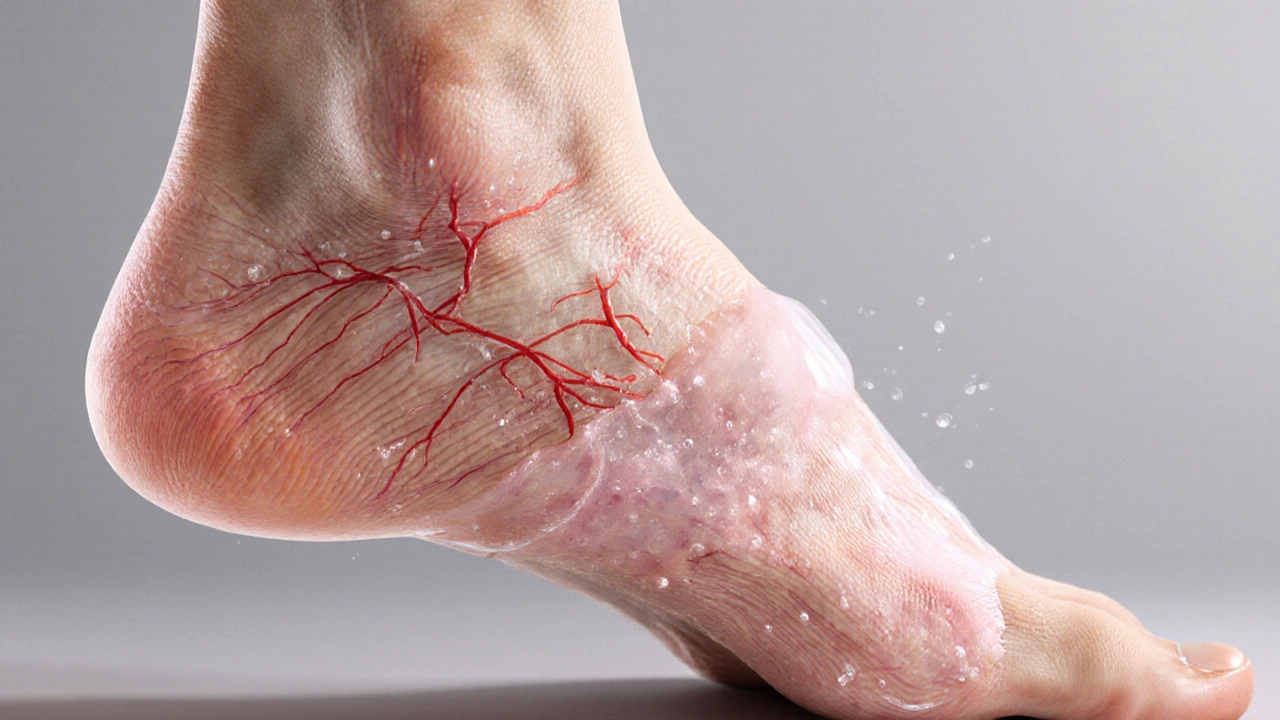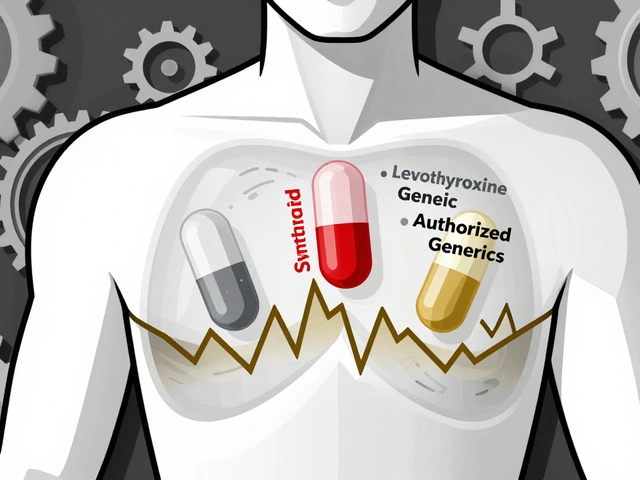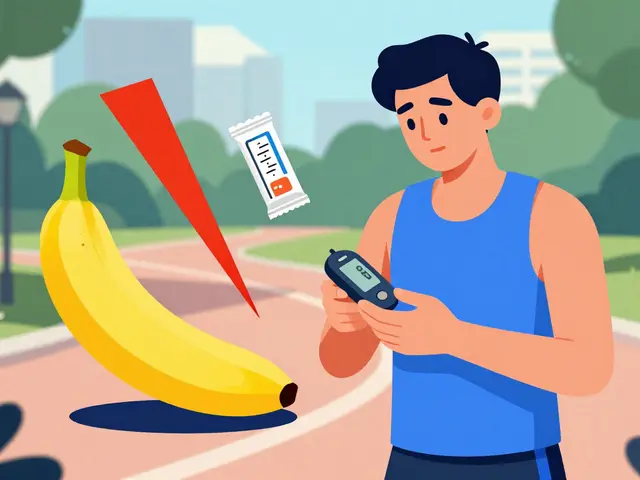Swelling Causes: What Triggers Body Swelling and How to Spot Them
When you notice puzzling puffiness, understanding swelling causes, the underlying factors that make body tissues retain fluid and expand. Also known as edema triggers, it can stem from a range of physiological events helps you act fast. One common driver is inflammation, the body's immediate response to injury or infection that often leads to fluid buildup. Another frequent culprit is an allergic reaction, where the immune system releases histamine, causing blood vessels to leak. Lastly, direct injury, such as sprains or bruises, disrupts tissue integrity and pushes fluid into the area. Recognizing which of these is at play guides treatment.
Inflammation: The Body’s Alarm System
Inflammation is a type of swelling cause that shows up when cells sense danger. It has three key attributes: the trigger (infection, trauma, or autoimmune activity), the response (blood vessel dilation, increased permeability), and the result (fluid leaks into surrounding tissue). For example, a minor cut invites bacteria; white blood cells release cytokines, vessels widen, and plasma seeps out, creating a red, warm, and swollen area. Chronic conditions like rheumatoid arthritis keep the inflammatory loop running, so swelling becomes persistent rather than short‑lived. Knowing the inflammation profile—sharp pain, heat, redness—lets you differentiate it from other causes.
Inflammation also interacts with systemic factors. Poor circulation or a high‑salt diet can amplify the fluid shift, making the swelling more noticeable. In many cases, anti‑inflammatory drugs such as ibuprofen or naproxen reduce the vascular leakage, shrinking the puffiness within hours.
Allergic Reactions: Histamine‑Driven Swelling
Allergic reactions are another major swelling cause. When allergens like pollen, pet dander, or certain foods cross the skin or mucous membranes, immune cells release histamine. Histamine forces capillaries to open wider, letting plasma escape into the interstitial space. This results in localized swelling—think hives, swollen lips, or eye puffiness. The typical attributes here are the allergen (trigger), the immune response (histamine release), and the visible effect (edema).
Allergies often come with itching, redness, or a burning sensation, helping you separate them from inflammation‑driven swelling, which usually feels sore rather than itchy. Antihistamines (cetirizine, loratadine) block histamine receptors, quickly curbing the leak and easing the puffiness. In severe cases, epinephrine is needed to reverse airway swelling.
Injury: Physical Disruption of Tissue
Injury‑related swelling is perhaps the most intuitive cause. A sprained ankle, a bumped knee, or a bruise all break tiny blood vessels. Blood leaks out, and the body sends plasma to the site to start repair. Attributes for this cause include the type of trauma (acute vs. repetitive), the tissue involved (muscle, joint, skin), and the severity (minor swelling vs. large hematoma).
Acute injuries typically produce a rapid onset of swelling, warmth, and limited range of motion. Ice, compression, elevation, and rest (the RICE method) limit fluid accumulation and speed recovery. Chronic overuse, like tendonitis from repetitive motion, keeps low‑grade swelling around the joint, signaling that the tissue never got proper healing time.
Systemic Factors: When the Whole Body Swells
Sometimes swelling isn’t just local—it’s a sign of a larger problem. Heart failure, kidney disease, and liver cirrhosis can all cause generalized edema because they disrupt fluid balance throughout the body. Medication side‑effects, especially from certain blood pressure pills, NSAIDs, or steroids, also tip the scales toward fluid retention.
Key attributes for systemic swelling include the organ involved (heart, kidney, liver), the physiological mechanism (increased hydrostatic pressure, reduced protein synthesis, impaired lymphatic drainage), and the pattern of presentation (ankle swelling, abdominal distention, facial puffiness). Lab tests—like serum albumin, creatinine, or BNP—help pinpoint the root cause. Treating the underlying disease, adjusting medication, or reducing salt intake often clears the widespread puffiness.
How to Tell One Cause From Another
Distinguishing among swelling causes saves time and prevents unnecessary treatments. Ask yourself a few simple questions: Is the swelling painful or itchy? Does it appear after a specific exposure (food, insect bite) or after a physical blow? Is it limited to one spot or spread across the legs? Does it worsen at night or improve with elevation? Answering these lets you map the symptom to inflammation, allergy, injury, or systemic disease.
Physical exam clues also help. Warm, red skin points to inflammation; pale, itchy skin hints at an allergy; bruising or a visible wound suggests injury; and pitting edema that leaves a dent when pressed indicates fluid overload from organ dysfunction. When in doubt, a quick blood test or ultrasound can confirm whether fluid is trapped in tissue or in a joint cavity.
Understanding swelling causes empowers you to choose the right next step—whether that’s taking an antihistamine, applying ice, seeing a cardiologist, or simply resting the affected limb. Below you’ll find a curated set of articles that dive deeper into specific medications, supplements, and treatment strategies related to these triggers, giving you practical tools to address swelling head‑on.

Swelling Explained: Causes, Types, and How to Reduce It
Learn why swelling happens, the difference between inflammatory and non‑inflammatory edema, when to seek help, and practical steps to reduce puffiness.
read more




